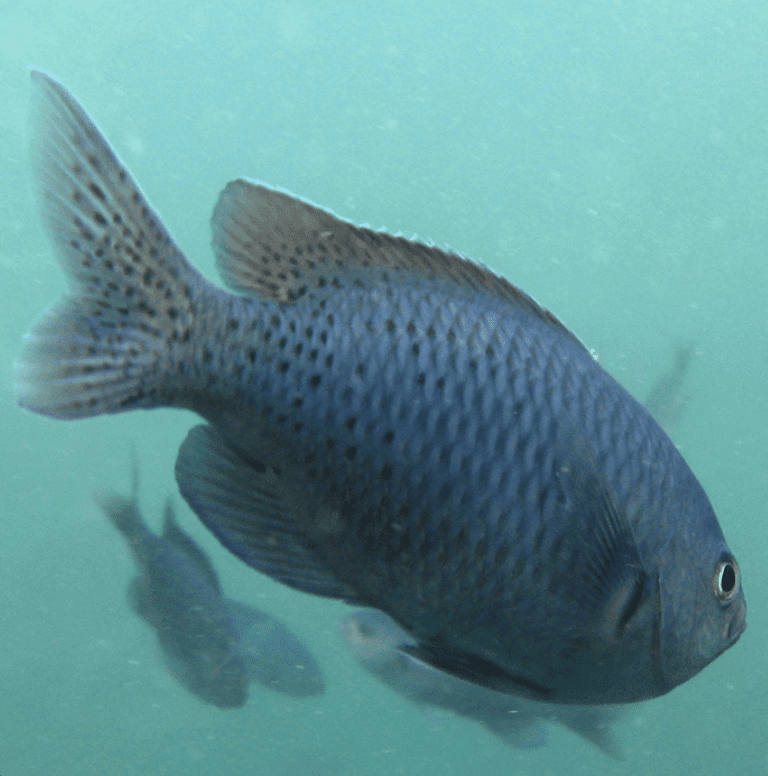Introduction
The Blacksmith fish, scientifically known as Chromis punctipinnis, is a member of the Pomacentridae family. This exciting marine fish is native to the eastern Pacific Ocean, and gets its name from the sound it produces, akin to a blacksmith hammering metal.
Conservation Status
As of the latest assessments, the Blacksmith is listed as ‘Least Concern’ in the International Union for Conservation of Nature (IUCN) Red List of Threatened Species.
Statistics
| Length (Average) | Length (Range) | Weight (Average) | Weight (Range) | Average Lifespan |
|---|---|---|---|---|
| 20 cm | 7 – 25 cm | N/A | N/A | Up to 10 years |
Distribution
Blacksmiths are typically found in the eastern Pacific Ocean region, particularly along the coastlines of California, USA, and down to Baja California, Mexico. They display no significant migration patterns.
Habitats
Blacksmiths inhabit saltwater environments. They can be found in reefs, at depth ranges between 3 – 91 meters, with a temperature range of 60-72°F.
When and Where to See
Blacksmiths can be seen year-round in their native habitats, often most active during the day.
Best Fishing Locations
- Coastline of California, USA
- Baja California, Mexico
General Tip: Blacksmiths are known to be found around rocky bottoms and reef environments.
How to Catch
Blacksmith can be caught using a variety of baits, but the most effective ones are small pieces of squid or shrimp. They can be caught by fly fishing or spinning. The early morning or late afternoon hours are often the most successful times for catching Blacksmith.
Identification Guide
Blacksmiths are characterized by their dark blue to bluish-black color and a distinct white stripe that runs along the base of their dorsal fin. They are often confused with damselfish, however, the Blacksmith is generally larger and has a more triangular shape.
Culinary
Blacksmiths are not typically targeted for culinary uses. There is limited information regarding the taste profile or nutritional information of this species.
Additional Information
Blacksmiths typically feed on zooplankton and smaller fish. They use their dorsal fins to produce a drumming sound similar to a blacksmith hitting metal – thus earning their name. They are known to fall prey to seals, sea lions, and other larger fish species.
References and Further Reading
- Fish Base – Chromis punctipinnis

